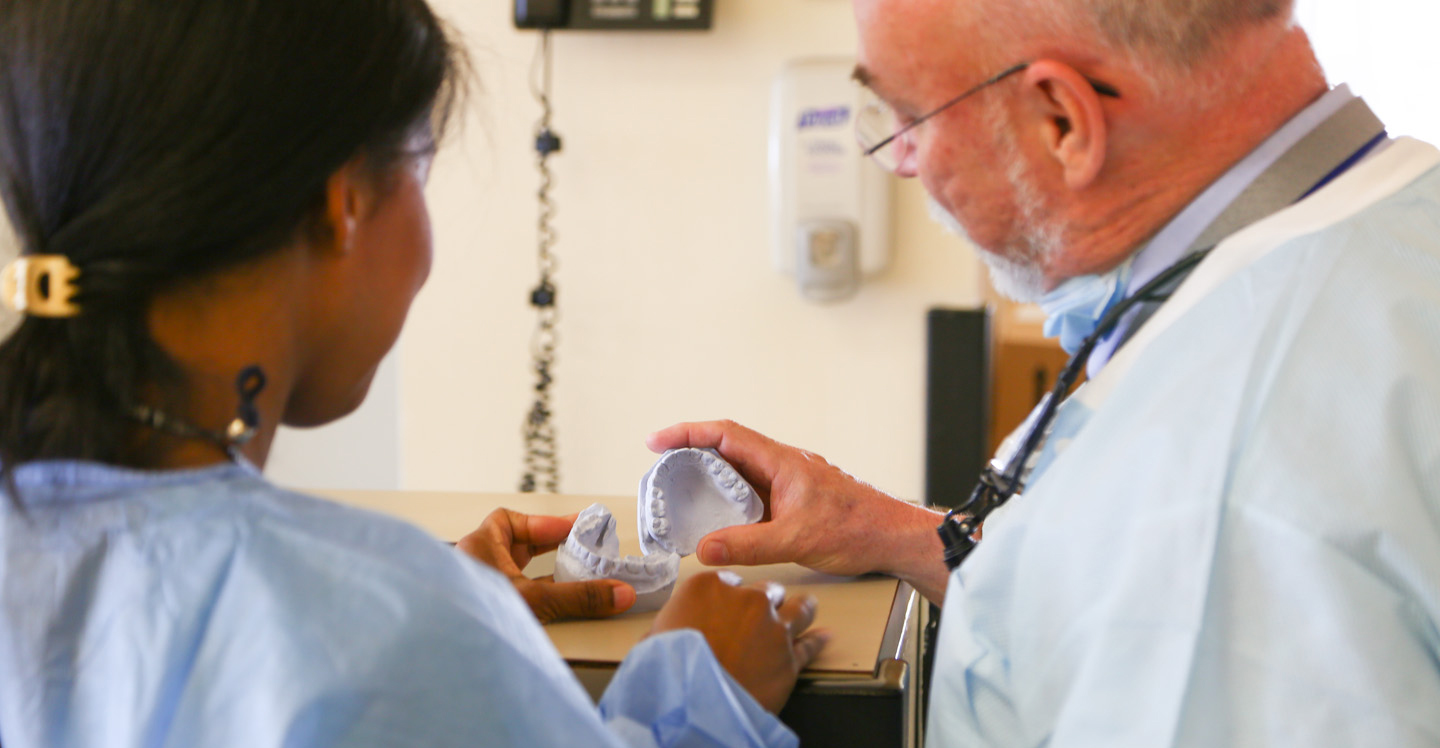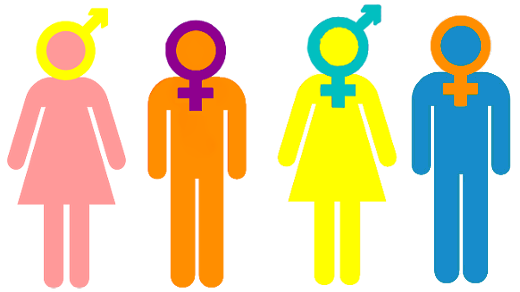In addition to following a clearly defined process for course design, it’s important to keep your instruction student-centered. Building-in time for feedback and getting to know your students is even more valuable when implemented together with an understanding of how to best serve the diverse UCSF student demographics
Supporting Black & Non-Black POC students
Recognizing bias is an important first step when supporting black students and other students of color.
This video collection from Stanford University’s RaceWorks Toolkit addresses the context and work surrounding Race.
Supporting students is an ongoing process. Familiarize yourself with the various resources available to you through the Resources tab on the UCSF Office of Diversity and Outreach webpage.

Gender & Sexuality Inclusivity
In order to create an inclusive space for all genders and sexualities, learn more about various ways you can build a safe space for students.
Read through and implement applicable best practices from GLMA: Health Professionals Advancing LGBTQ Equality’s Recommendations for Enhancing the Climate for LGBT Students and Employees in Health Professional Schools.
Be an advocate for inclusion in the learning environments you design by giving students an opportunity to self-identify their pronouns. Learn more at mypronouns.org.

Teaching Adult Learners
Educational experience for higher-ed students may differ from traditional pedagogy. Learn more about the differences between pedagogy and andragogy.

Accessibility
The University of California is committed to providing an electronic environment that is accessible to everyone, including individuals with disabilities.
UCSF has a Digital Accessibility Program. UC policy and US law require our web delivered services and content be accessible by people with disabilities. At the heart of the UCSF accessibility statement is the concept that accessible websites benefit every site visitor with well-designed, easy-to-navigate sites.
If you don't know much about the topic, here are Ten Tips for Building an Accessible Course.
If you would like some training, sign up at the Siteimprove Training Academy. It has free accessibility training for all UC locations. Check out the course “Virtual Classroom Accessibility Fundamentals” with checklists for multimedia, image, and color accessibility.